
The Famine Memorial in Dublin, Ireland. Photo by Eddie Wong’s via Flickr CC BY-NC-ND 2.0 licence
This learning unit has been developed to support teachers and students in exploring famine in the context of Irish history and beyond.
- by Daniel McWilliams
This learning unit is recommended to teachers of the following post primary subjects:
- Home Economics (Junior Cycle, Strand 1 – Food, Health and Culinary Skills): nutritional needs, healthy eating, impact of food availability.
- History/CSPE cross-link: Causes and consequences of famine.
- Geography (Junior Cycle, Strand 3 – Geographical Skills & Sustainability): human–environment interaction, global interdependence, population and development.
- Politics & Society/CSPE: global justice, food security.
- Transition Year Programme – Social Awareness, Enterprise, Civic Engagement: personal and social development, communication, teamwork.
- Wellbeing/CSPE cross-link: empathy, active citizenship.
This is irrefutable testimony… It is a famine, the Gaza Famine.
UN Relief Chief Tom Fletcher
There is a famine happening in Gaza currently. This isn’t opinion. This is fact, according to the UN, the World Food Programme, World Health Organisation, EU, IPC, others in the international community and most importantly Gazan people themselves.
Every day, we see haunting images and hear stories of genocide and starvation being inflicted on Palestinians in Gaza by Israel. This can affect us in a number of ways from anger to sadness and frustration with the lack of action taken by those in positions of power.
These feelings also come from our own history of famine and conflict in Ireland and gives us an opportunity to reflect on this history and our role within the context of Gaza and beyond.
What is famine?
Famine is a situation in which a substantial proportion of the population of a country or region are unable to access adequate food, resulting in widespread acute malnutrition and loss of life by starvation and disease. While many countries worldwide face food security crises, famine is only declared when certain conditions are met.
The Integrated Food Security Phase Classification (IPC) defines famine as an extreme deprivation of food. Starvation, death, destitution and extremely critical levels of acute malnutrition are or will likely be evident.
A famine classification (IPC Phase 5) is the highest phase of the IPC Acute Food Insecurity Scale and is attributed when an area has at least 20% of households facing an extreme lack of food, at least 30% of children suffering from acute malnutrition, and two people for every 10,000 dying each day due to outright starvation or to the interaction of malnutrition or disease.
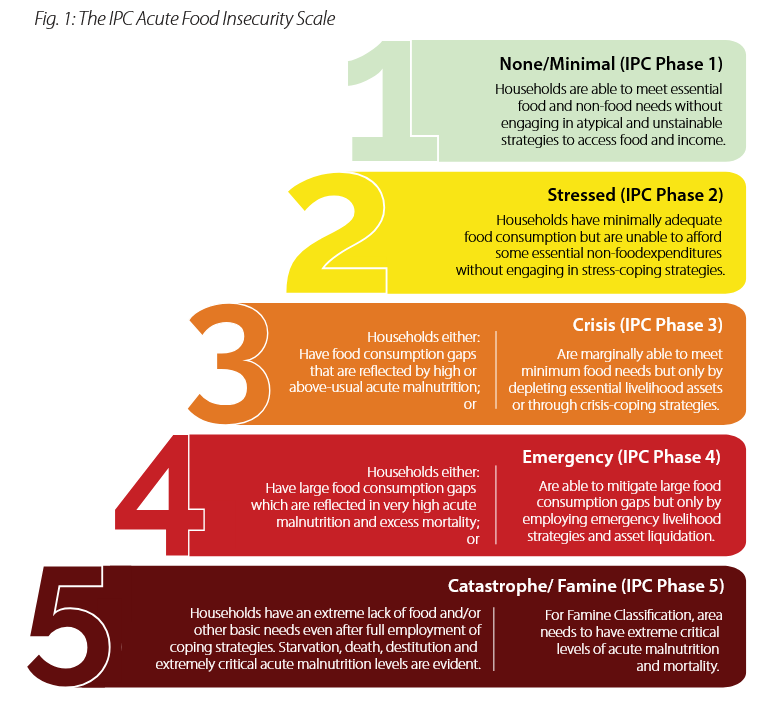
Common Causes of Famine and extreme food crises
Famine has multiple causes which can be either man-made, nature driven (or perhaps more accurately, natural disaster driven), or both. It is usually driven by a complex interaction of the following:
- Conflict and displacement
- Poverty
- Natural disasters and climate change
- Economic decline and high food prices
- Food insecurity
- Inadequate Humanitarian Responses
According to UNHCR, wars and conflict are usually the primary drivers of famine as they lead to displacement, disrupt people’s traditional ways of accessing food and income, hinder humanitarian access and push economies into long-term decline.
Natural disasters – such as droughts, flooding and cyclones – and the effects of climate change can also lead to famine, jeopardising agriculture and livestock activities in regions where the majority of the population live off the land.
Famine in Ireland - An Gorta Mór
During An Gorta Mór (1845-49), over 1 million Irish people died and 1 million more had to leave Ireland. We still see the effects of An Gorta Mór in Ireland today e.g. our population is still smaller than it was before the Famine.
Many poor, tenant farmers who died or emigrated as a result of the Famine were native Irish speakers from the west of Ireland and this greatly accelerated the decline of Irish in Ireland. Many of the areas most affected by the famine are/were Gaeltacht areas.
Now, Ireland’s population is growing again and great efforts have been underway for more than a century to revitalise the Irish language in Ireland but these points show how devastating An Gorta Mór has been for Ireland and that we are still affected by it today.
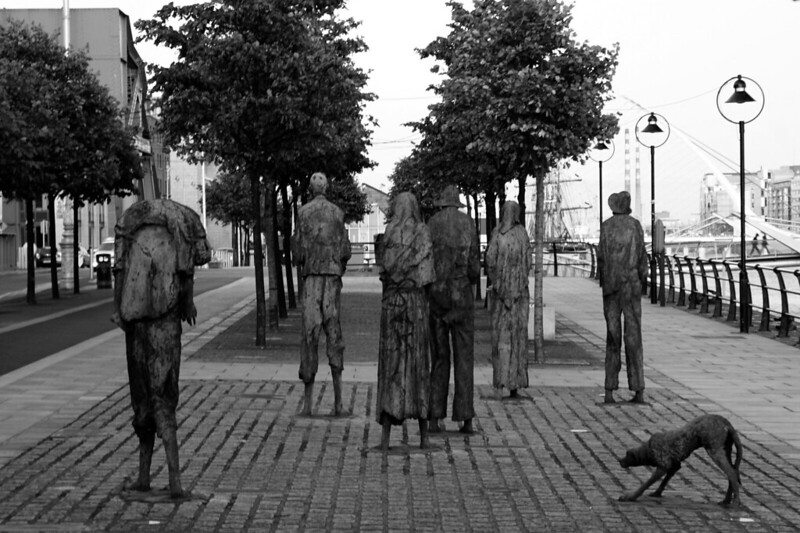
The Famine in Ireland is often blamed solely on the Potato Blight, a fungus which caused the potato, which many poor, Irish tenant farmers were dependent on, to rot in the fields. This is true. However, it was the policies of the British Government in Ireland which caused widespread death, disease and depopulation.
The British Government insisted that food be exported from Ireland to Britain during every year of An Gorta Mór despite the obvious starvation in the country. This indifference to Ireland’s suffering was reflected in remarks from Charles Trevalyan, Assistant Secretary to the Treasury at the time, that “the judgement of God sent the calamity to teach the Irish a lesson”.
It is worth noting that other European countries suffered from the blight fungus and food shortages at the time. However Ireland was the only country to suffer famine.
We can understand Ireland’s solidarity with Palestinians suffering famine when we compare ships full of food leaving Ireland under armed guard in the 1840s to the Israeli occupation forces preventing food aid from entering Gaza or GHF mercenaries killing desperate people seeking aid at food distribution sites in 2025.
Given Ireland’s intimate understanding of famine we can help the world understand, alleviate and prevent it.
Ireland, famine and the world today
Ireland is currently playing an important role in monitoring, spreading news of, and helping to prevent famine in both Sudan and Gaza, Palestine.
War in these two places has caused severe shortages of food, and the actions of those in power or fighting for power i.e. the Israeli occupation forces and the Sudanese army respectively, has caused famine.
In a statement, the Tanáiste at the time, Micheál Martin noted that “both of these catastrophes are… caused by conflict, forced displacement, destruction of civilian infrastructure, and deliberate obstruction of humanitarian aid”.
Famine in Sudan and Gaza is “repellent” to the Irish and the Irish people find the idea of famine so disturbing because of our lived experience and collective memory of An Gorta Mór. This is why Ireland strives to help prevent food insecurity and famine around the world.
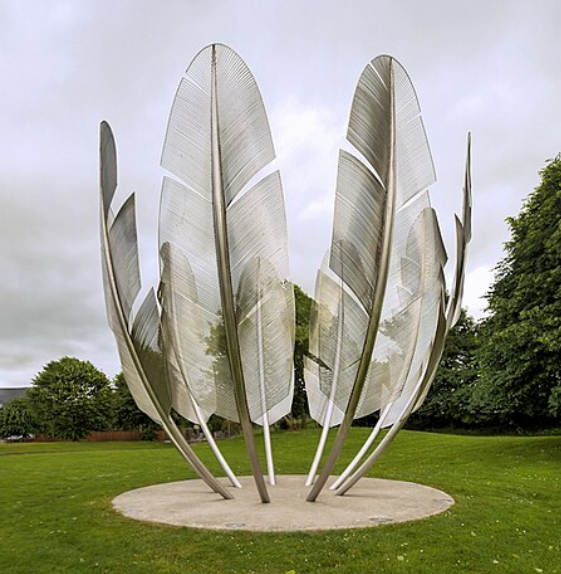
“By showing empathy, compassion, and solidarity with those in need, we can ensure that the spirit of all those who died lives on in our efforts to create a just and humane world.”
Irish Aid is the Government of Ireland’s development cooperation programme and on their website they say that “Ireland believes in creating a more equal, peaceful and sustainable world.” Let’s look at how they do this below.
Irish Aid
Ireland’s special and terrible relationship with famine and our desire to prevent it was reflected in the remarks from the then-Taoiseach Simon Harris at the National Famine Memorial in 2024 when he said: “An Gorta Mór is a tragedy that will never be forgotten. Our history demands that we do everything we can to make sure it is never repeated.”
In 2024, Irish Aid contributed more than €310 million to help in humanitarian crises across the world and as of July 2025 the Irish Government has announced a further €2m in funding for the World Food Programme in Gaza.
Another important function of Irish Aid is to educate Irish people on the UN’s Sustainable Development Goals and encourage active citizenship. Education and active citizenship are key to ensuring Irish society makes sure the Irish government continues to fund agencies like Irish Aid and proactively tackles global hunger and its causes.
Ireland’s role here has taken on increased significance after the closure of USAID after President Trump’s decision to suspend its operations. Indeed it’s been reported that this “cripples global efforts to relieve hunger”.
Irish people know a famine when we see one. We feel an historical responsibility to end hunger and this feeling informs government policy which directs Irish efforts to combat hunger abroad.
3 quick fire activities
| Activity 1 | Understanding the impact of famine on nutrition and food security |
| Objective: | To understand how famine impacts food security, nutrition and the ability of individuals and communities to access nutritious food. |
| Instructions: |
|
Curriculum links Home Economics | Junior Cycle: Food & Nutrition – Nutrition and health, food security, sustainability. Resource Management – Managing limited food resources. Leaving Cert: Food Science & Nutrition – Role of food in health, emergency nutrition. Global Food Systems – Food scarcity & sustainability in crises. |
Activity 2 | Mapping Famine – Causes and Consequences |
Objective: | To explore the geographical and environmental causes of famine and its social, economic, and environmental impacts on regions such as Ireland, Gaza, and Sudan. |
Instructions: |
|
Curriculum links Geography | Junior Cycle: Physical Geography – Weather, climate, ecosystems. |
Activity 3 | Humanitarian Aid and Sustainable Solutions |
Objective: | Promote empathy, research skills, and social action |
Instructions: |
|
Curriculum links Transition Year | TY Social Studies: Global Citizenship Education – Global issues, social justice, SDGs (Goal 2: Zero Hunger, Goal 10: Reduced Inequalities). |
- Daniel McWilliams is a linguist and educator recently returned to Ireland from Vietnam, having taught Irish, English and Spanish in Ireland, England, Canada, Spain and Vietnam.
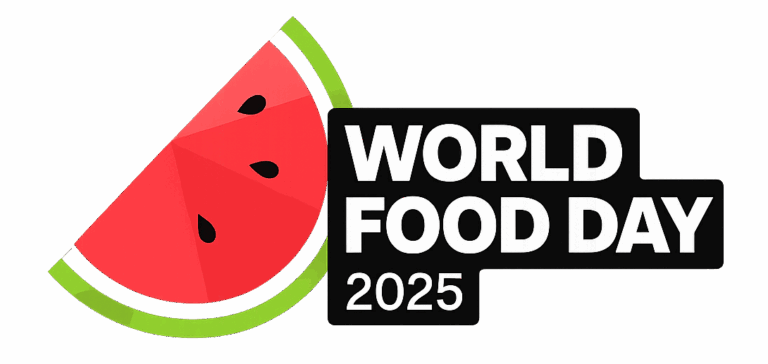
This World Food Day series is brought to you by Concern Worldwide, Scoilnet, Self Help Africa and developmenteducation.ie
More on developmenteducation.ie
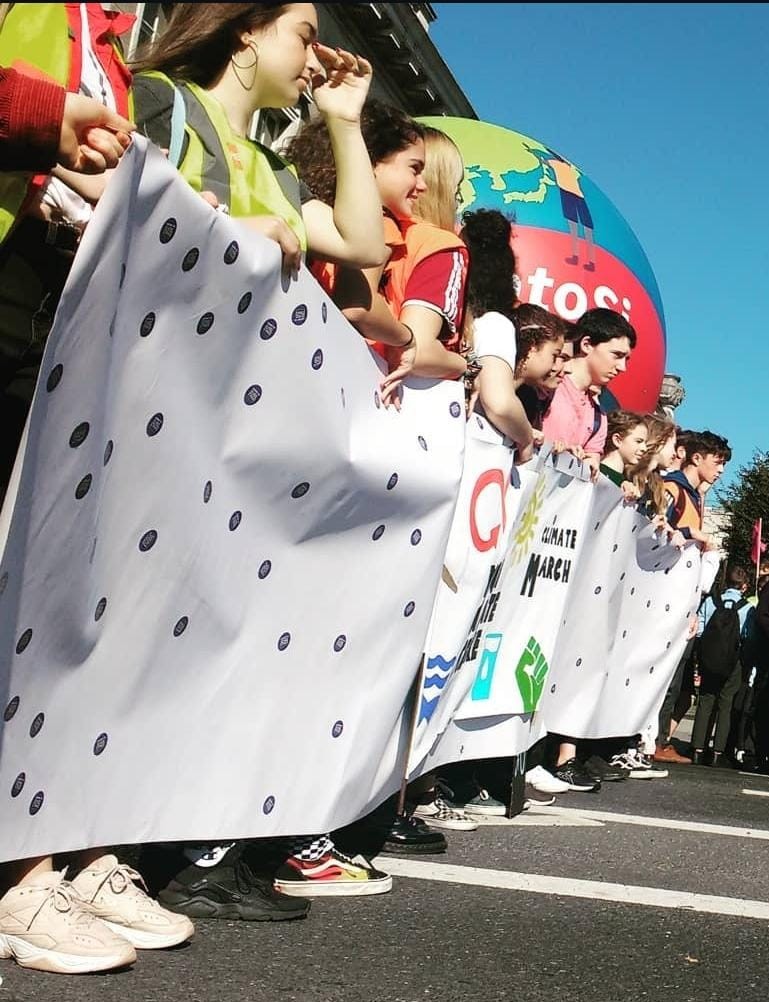
Calling Post Primary Teachers – Survey Participation Request
Your voice is vital in shaping the future of education for sustainable development in Ireland. Join a national survey for post primary teachers in October, led by DCU researcher Valerie Lewis
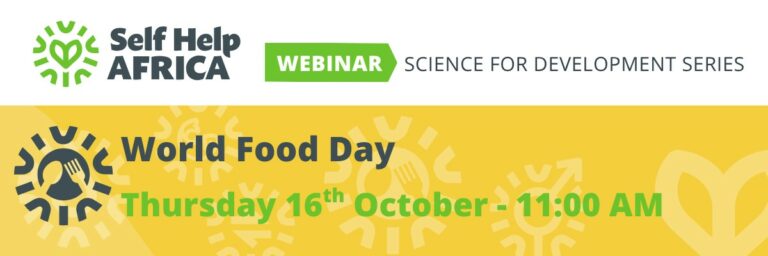
Webinar: Science for development on World Food Day
The webinar will feature YSTE projects, from Santa Sabina Dominican College (Dublin), Moate Community School (Westmeath) and CBS Thurles that focussed on nutrition and better food production, with Self Help Africa’s nutrition and gender specialist in Ethiopia, Sara Demissew.
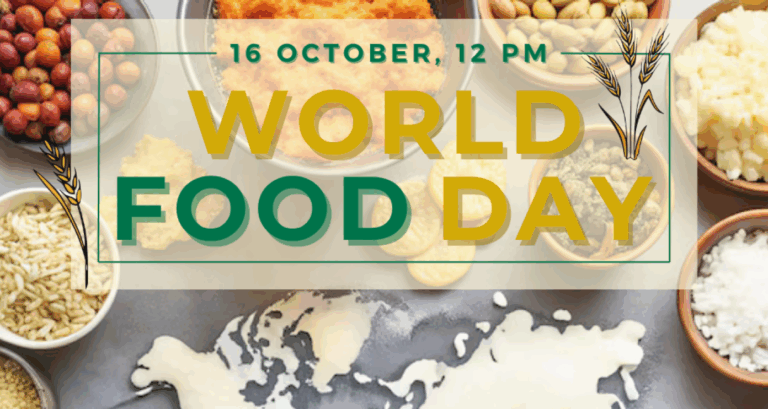
Student & teacher webinar: Food, hunger and SDG 2
Join the World Food Day webinar for post primary school students and teachers which will explore SDG 2, hunger in today’s world and how you can make a difference locally and globally.

Beth Doherty: Youth Activism and the Climate Crisis
From School Strikes to Global Climate Talks The latest episode of the Irish Global Solidarity in 100 Objects podcast features Beth Doherty, climate activist and

Mary Lawlor: Defending Human Rights Defenders
A Conversation with the UN Special Rapporteur for Human Rights Defenders The latest episode of the Irish Global Solidarity in 100 Objects podcast features Mary

Irish Women in Activism and Advocacy
Explore inspiring stories of Irish women in activism and advocacy who have fought for human rights, social justice, and equality at home and abroad
